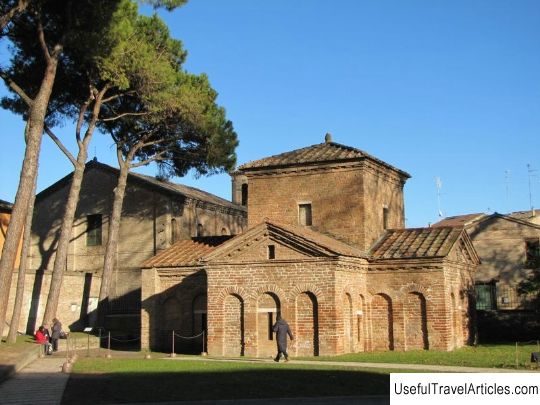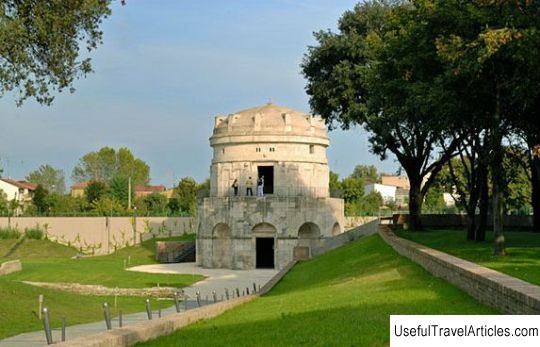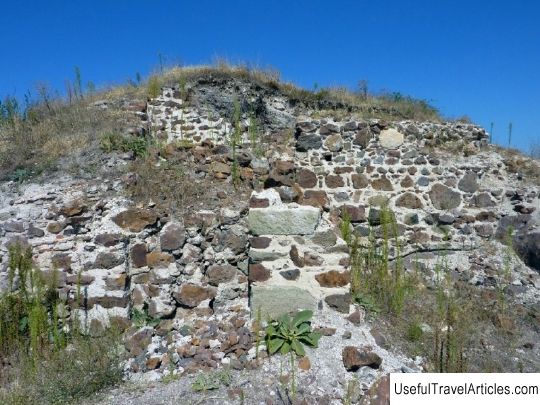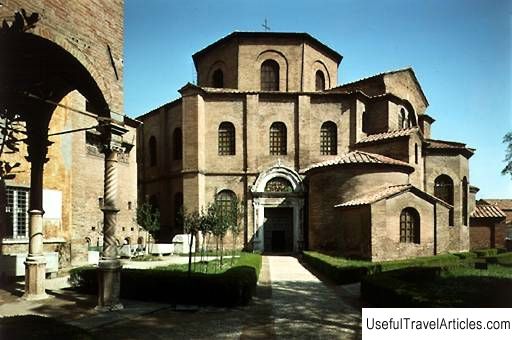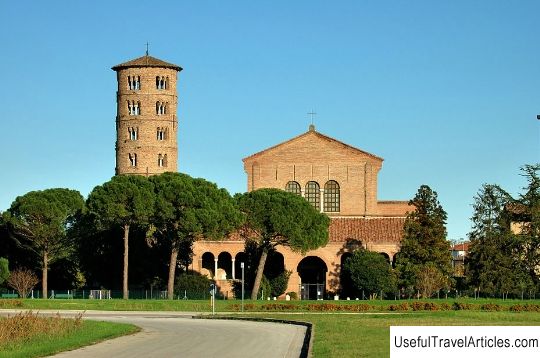Mausoleo di Galla Placidia description and photos - Italy: Ravenna
Mausoleo di Galla Placidia description and photos - Italy: Ravenna. Detailed information about the attraction. Description, photographs and a map showing the nearest significant objects. The title in English is Mausoleo di Galla Placidia. Photo and descriptionThe Mausoleum of Galla Placidia is one of the main attractions of Ravenna, located next to the Basilica of San Vitale. The mausoleum, built in the second half of the 5th century, is a cross-domed building. Inside, it is decorated with Byzantine-style mosaics, which are considered the oldest in Ravenna. Interestingly, despite the fact that the mausoleum is dedicated to Galle Placidia, the daughter of Emperor Theodosius the Great, her body does not rest here. Galla died in Rome in 450 and is probably buried in the family tomb of Theodosius near St. Peter's Basilica. And the mausoleum named after her in 1996 was included in the list of UNESCO World Cultural Heritage sites. For many years, this building served as a chapel at the Basilica of Santa Croce that has not come down to us. Historians believe that the mausoleum was originally dedicated to the great martyr Laurentius - his image can be seen in the lunette opposite the entrance. And it was called the mausoleum of Galla Placidia only after the 14th century. Most likely, this was due to the fact that a body seated on a cypress throne was kept in one of the sarcophagi of the mausoleum, and the mosaics of the building are similar to those of the Roman Church of Santa Constanta, in which the daughter of Constantine the Great is buried. The mausoleum looks like a fortress - especially this resemblance is emphasized by thick walls and narrow windows. In plan, it is a Latin cross topped with a cubic tower with an inner dome that is not visible from the outside. The outer walls of the building are decorated only with vertical protrusions with flat arches, while on the northern facade you can see a frieze with two panthers and vines. But inside, all the surfaces of the mausoleum are covered with amazingly beautiful mosaics, distinguished by their special splendor. Despite the fact that the mosaics are devoted to different subjects, together they create an organic unity. In the center of the dome you can see a golden cross surrounded by eight hundred golden stars, and in the corners there are allegorical images of the Evangelists. The ceiling is decorated with intricate ornamentation that symbolizes the Garden of Eden. Another attraction of the mausoleum are three sarcophagi made of Greek marble. The central one - unfinished and left without decoration - bears the name of Galla Placidia, however, according to historians, a rich and noble pagan is buried in it. The sarcophagus of Constantius III, wife of Gaul, was made in the 5th century, and the sarcophagus of Valentinian, her son, dates from the 6th century. Interestingly, the last one was opened in 1738, and the remains of a man and a woman were found in it.       We also recommend reading Sandarmokh description and photo - Russia - Karelia: Medvezhyegorsky district Topic: Mausoleo di Galla Placidia description and photos - Italy: Ravenna. |
